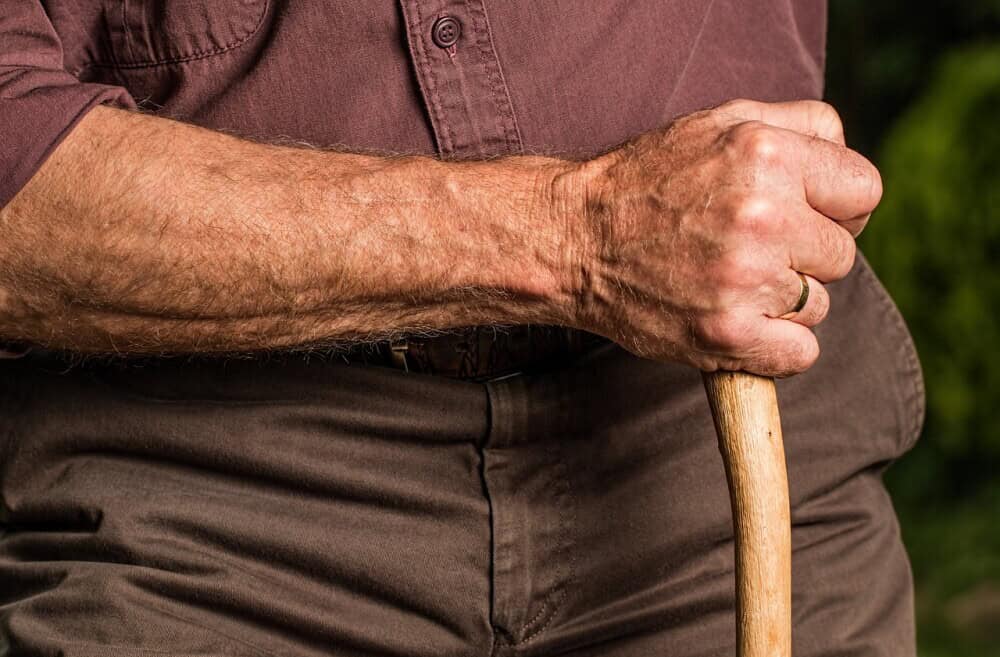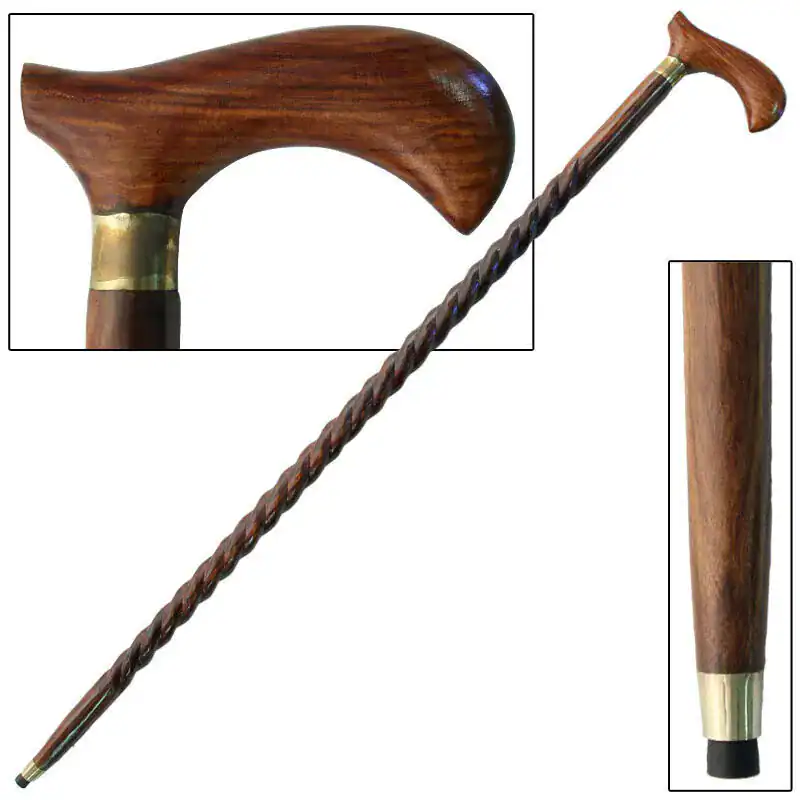How Walking Canes Improve Mobility and Balance: Unlocking Stability and Confidence
Does walking feel like a challenge? Whether it’s due to aging, injury, or a medical condition, maintaining mobility and balance can become difficult over time. Enter the walking cane—a simple yet life-changing device. Walking canes serve as a third point of contact with the ground, helping you regain stability, improve posture, and move with confidence. In this guide, we’ll explore how walking canes improve mobility and balance while offering practical insights on choosing the right cane for your needs.

Key Takeaways
- Walking canes improve balance by providing a stable third point of contact.
- They help reduce strain on knees, hips, and ankles by redistributing weight.
- Canes encourage better posture, supporting a healthier gait.
- Using a cane boosts confidence and independence by reducing the risk of falls.
- Canes are beneficial for people of all ages, especially those with injuries or chronic conditions.
How Walking Canes Improve Mobility and Balance
Walking canes are about more than just support. They play a vital role in enhancing movement, posture, and independence. Here’s how:
1. Improved Balance
Walking canes are like an extra limb, giving you a third point of contact with the ground. This stabilizes your body and keeps your center of gravity in place. The result? A reduced risk of falls—a critical benefit for older adults or those recovering from an injury.
2. Reduced Strain on the Legs
Walking and standing for prolonged periods can strain your knees, hips, and ankles. Canes help redistribute some of your body weight, easing pressure on your lower limbs. This allows you to move comfortably over longer distances.
3. Better Posture
Bad posture often stems from instability. A cane provides a stable base, encouraging you to stand straighter and walk with an improved gait. Correct posture minimizes muscle strain and makes everyday tasks more manageable.
4. Increased Confidence
Mobility issues can often lead to a fear of falling, limiting independence. Walking canes allow you to regain your confidence. Knowing you have an extra point of support can make everyday movements—like running errands or taking a stroll—less intimidating.
5. Suitable for All Ages
Walking canes aren’t exclusive to seniors. They’re vital for individuals recovering from surgery, managing chronic conditions, or rehabbing after an injury. Whatever your age, a well-chosen cane can enhance your quality of life.
Affiliate Disclosure– Some of the links contained within this article may contain affiliate links. This means if you click one and make a purchase, I may earn a small commission at no additional cost to you. This commission helps support my site and keeps me motivated. Thank you in advance!
Choosing the Right Walking Cane
Selecting the right cane is crucial for maximizing its benefits. Key considerations include:
- Grip: Opt for a grip that fits your hand comfortably. For arthritic hands, larger grips reduce strain on joints.
- Type: Single-point canes are lightweight, while quad canes offer added stability for those needing extra support.
- Adjustability: Many canes have adjustable heights to better suit your individual needs.
Consulting with a healthcare professional can also help ensure you find the perfect match for your condition.
Walking Cane Frequently Asked Questions
How do I know if a cane is the right height for me?
Proper cane height is essential for comfort and effectiveness. When holding a cane, your arm should bend slightly at the elbow (about 15-20 degrees). Your wrist should align with the handle when the cane is standing upright beside you.
What kind of cane is best for balance issues?
For balance concerns, a quad cane or a wide-base cane provides the most stability. These types have four points of contact with the ground, making them an excellent choice for those transitioning from a walker or needing significant support.
How can I make my cane more comfortable to use?
Choose a cane with a cushioned grip to reduce strain on your hands. Adjustable canes allow you to fine-tune the height, while a wrist strap can add convenience by keeping the cane close when not in use.
Are walking canes easy to travel with?
Yes, many modern canes are foldable or collapsible, making them easy to carry. Look for lightweight materials like aluminum or carbon fiber for maximum portability.
Conclusion
A walking cane is more than just a tool—it’s a pathway to freedom, balance, and confidence. By stabilizing your movements, reducing strain, and improving posture, a cane can empower you to take control of your mobility. Whether you’re dealing with a temporary limitation or a chronic condition, the right walking cane can make a world of difference.
Don’t let mobility challenges slow you down. Find the cane that fits your needs and step forward with confidence!
Walking Cane Suggestions
Last update on 2025-06-03 / Affiliate links / Images from Amazon Product Advertising API







